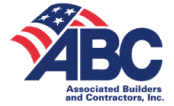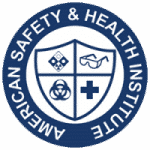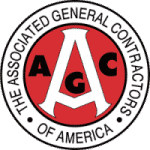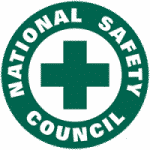
Falling is a major occupational hazard in many industries, especially construction. The Occupational Safety and Health Administration (OSHA) regulates worker safety in the United States, including regulations that specifically address falling. Many vendors also offer safety training in fall protection that follows OSHA guidelines, including basic and advanced courses. This training provides multiple benefits for both businesses and workers.
Overview
Falls are by far the most common cause of deaths in the construction industry. OSHA reports that 384 of the 991 deaths in construction during 2016 were caused by falls. The following list shows the four most common causes of construction deaths, also known as the “fatal four”:
- Falls: 38.7%
- Struck by Object: 9.4%
- Electrocutions: 8.3%
- Caught between: 7.3%
Note the margin by which falls lead other causes of death. Falls accounted for more than four times as many deaths as the next leading cause, getting struck by an object.
Regulations
Title 29 of the Code of Federal Regulations (CFR) regulates labor in the United States, with OSHA responsible for parts 1900 through 1990. Part 1910 covers occupational safety and health standards in general, while part 1926 provides the safety and health regulations for construction in particular. Section 1926 specifically addresses fall protection as follows:
- 1926.500 Scope, applications, and definitions
- 1926.501 Duties
- 1926.502 Criteria and practices
- 1926.503 Training requirements
Benefits
In addition to the primary benefit of reducing the risk of injuries due to falls, fall protection training can also reduce the lost work hours resulting from injuries. This type of training can also lower insurance premiums and workers compensation claims. Additional benefits of fall protection training include meeting regulatory safety requirements for a particular industrial sector. Improved employee morale and retention are also major benefits of this training.
Objectives
All workers can benefit from fall protection training, although it’s typically aimed towards workers who are at risk of a free fall higher than six feet while performing their normal duties. Businesses, unions, and government regulations may require these workers to undergo such training.
The most important objective of a basic course should be to teach the general principles of fall protection. Students who complete this type of course should be able to identify common falling hazards and specify the guidelines for fall protection. They should also be able to identify methods of minimizing the risk of falls and recognize the limitations of safety equipment. Additional objectives of a basic course include specifying the division of responsibilities between employers and employees regarding fall protection.
Advanced courses in fall protection cover more specific topics aimed towards practical applications. Students who complete these courses should be able to define the correct procedures using equipment and handling materials. They should also be able to erect fall protection systems in addition to inspecting, maintaining, and disassembling those systems. Working on a sloped roof has a particularly high risk of falling, so advanced courses should allow students to identify the limitations of mechanical equipment used in this application. Additional objectives of advanced courses in fall protection include an understanding of each employee’s role while a safety monitoring system is in use.
Contact Circle Safety links and buttons
Source
https://circlesafety.com/safety-training/
https://www.osha.gov/oshstats/commonstats.html
https://www.osha.gov/pls/oshaweb/owadisp.show_document?p_table=STANDARDS&p_id=10757








